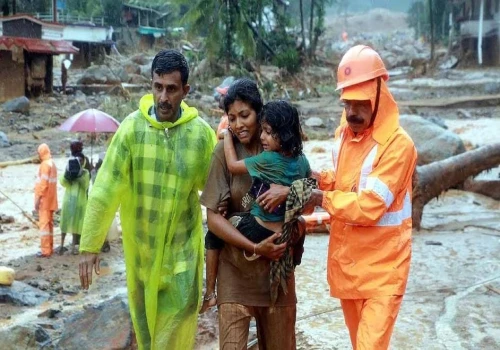
Despite high hopes, Delhi’s much-anticipated cloud-seeding experiment failed to bring rainfall, leaving residents disappointed and scientists analyzing what went wrong.
The project, which aimed to artificially induce rain to combat pollution and dry air, did not yield the expected results.
The Indian Meteorological Department (IMD) and IIT Kanpur had collaborated to conduct the experiment over the skies of Delhi and nearby regions. Using aircraft loaded with silver iodide and sodium chloride, scientists attempted to trigger cloud condensation and precipitation. However, the atmospheric conditions turned out to be unfavorable for successful rain formation.
Officials stated that despite visible cloud development, the moisture content and wind dynamics were insufficient to sustain precipitation. “We had the right clouds, but the humidity and updraft were not strong enough,” said one of the scientists involved in the project.
The Delhi government had hoped that the artificial rain would help settle dust particles, reduce pollution, and provide temporary relief from smog. The failure of the operation has prompted authorities to review the data and understand why the results fell short of expectations.
Environmental experts believe that cloud-seeding is still in an experimental phase in India and may require more consistent research and favorable conditions to be effective. They emphasize that while cloud-seeding can work in theory, its success heavily depends on natural weather dynamics.
The government plans to conduct further assessments before attempting another round of artificial rain, possibly in coordination with better weather conditions. Until then, Delhi continues to battle its persistent pollution problem through conventional methods such as vehicular restrictions, water sprinkling, and dust control
measures.





